Optimal Timing for Mold Disinfections
Mold disinfections are most effective when performed during periods of minimal humidity and after any water intrusion events. The optimal timing depends on environmental conditions, moisture levels, and the presence of mold growth. Regular inspections and immediate action after water leaks or flooding can prevent mold proliferation.
Disinfecting mold after flooding or leaks helps prevent mold growth from establishing in affected areas.
Perform mold disinfections during dry periods to reduce moisture and inhibit mold development.
Early disinfection upon detecting mold minimizes spread and structural damage.
Disinfecting mold before renovation projects ensures a clean environment and reduces health risks.
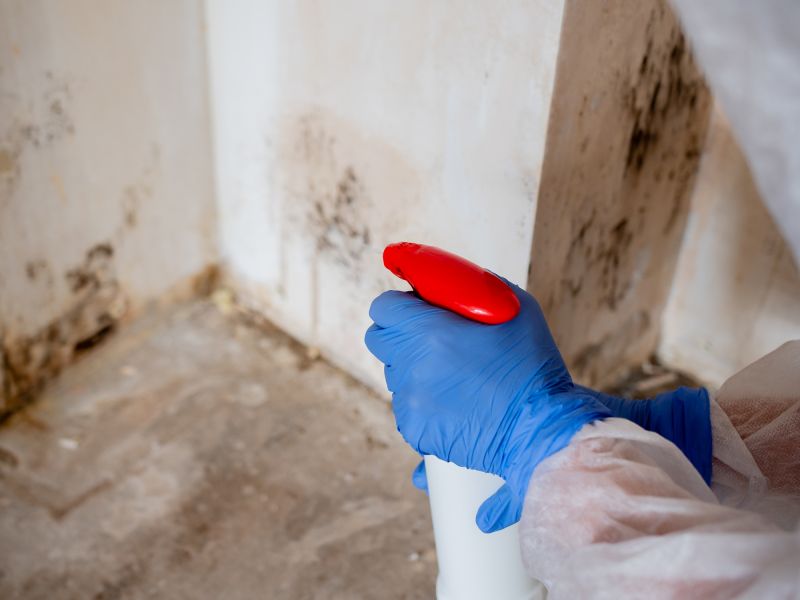
Application of specialized disinfectants to eliminate mold spores effectively.
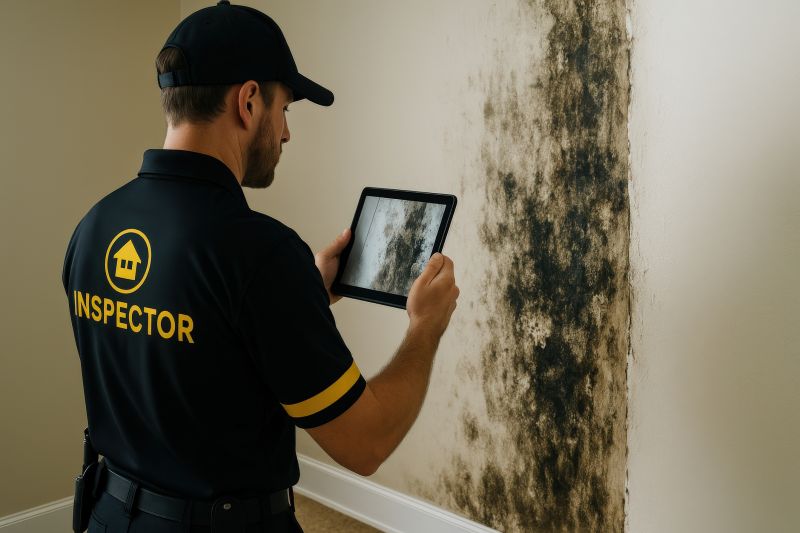
Identifying moisture sources and mold colonies for targeted treatment.
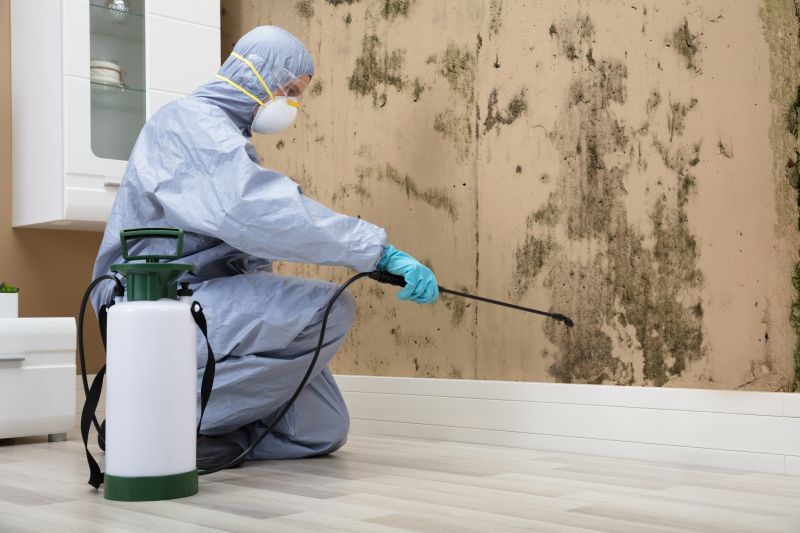
Ensuring mold does not return after treatment.

Ways to make Mold Disinfections work in tight or awkward layouts.
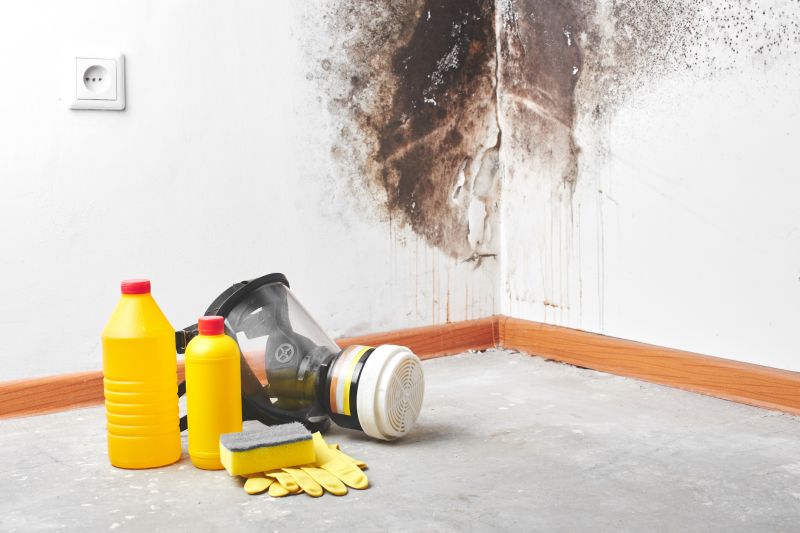
Popular materials for Mold Disinfections and why they hold up over time.
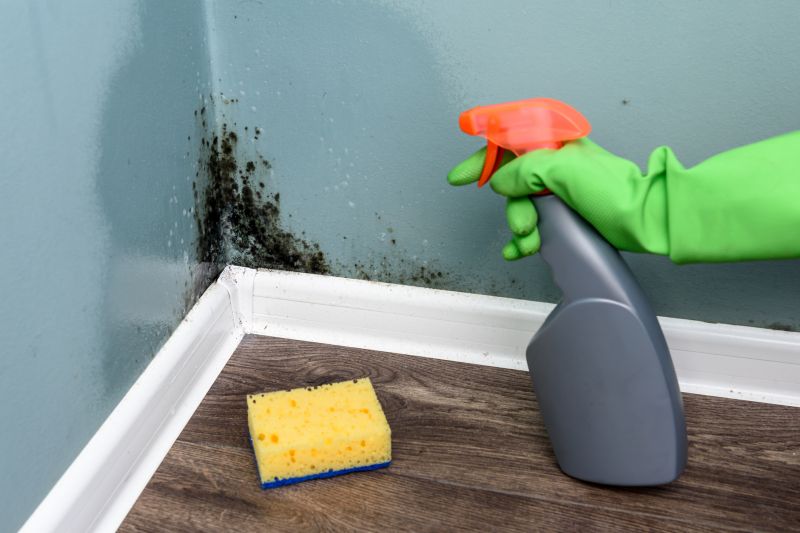
Simple add-ons that improve Mold Disinfections without blowing the budget.

High-end options that actually feel worth it for Mold Disinfections.
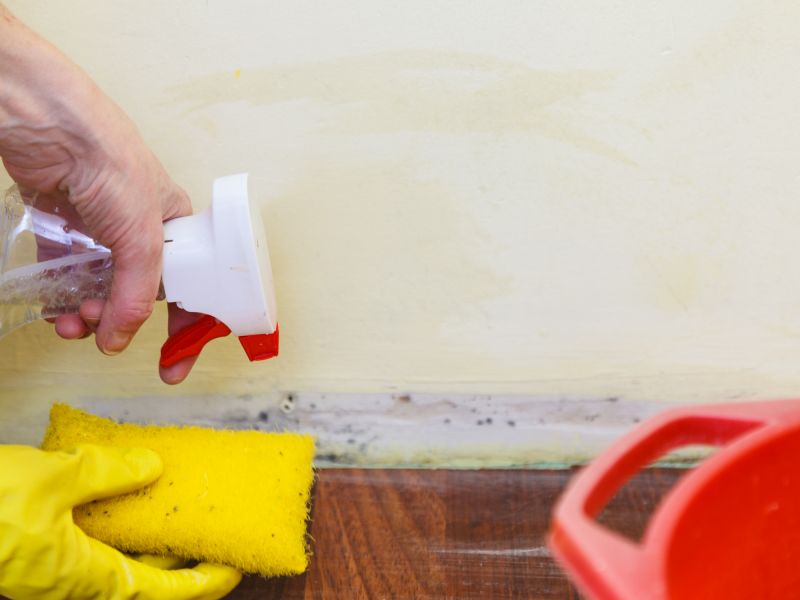
Finishes and colors that play nicely with Mold Disinfections.
| Timing Consideration | Recommended Action |
|---|---|
| Water Intrusion | Immediately perform mold disinfection after water events. |
| High Humidity | Schedule disinfection during low humidity periods. |
| Visible Mold Growth | Disinfect as soon as mold is detected. |
| Renovation Projects | Disinfect prior to starting construction work. |
| Routine Maintenance | Establish regular disinfection intervals. |
| Post-Remediation | Follow disinfection after mold remediation efforts. |
| Seasonal Changes | Disinfect during seasonal transitions to prevent mold buildup. |
Mold disinfections involve the application of chemical agents designed to eliminate mold spores and prevent regrowth. They are crucial in maintaining indoor air quality and protecting structural integrity. Statistics indicate that mold-related issues account for a significant percentage of indoor air quality complaints, emphasizing the importance of timely disinfection. Proper timing ensures maximum effectiveness and minimizes health risks associated with mold exposure.
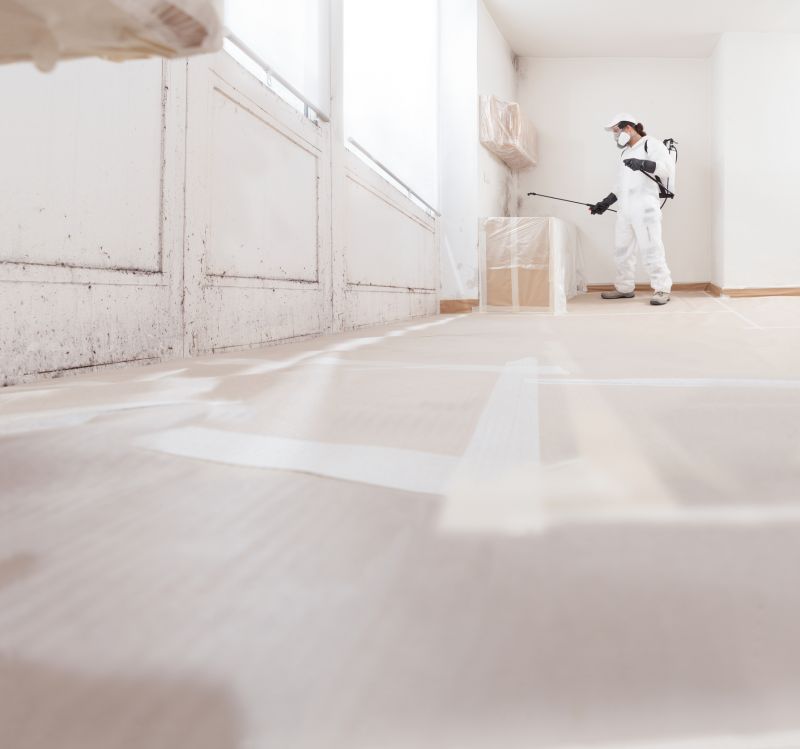
Tools and disinfectants used in mold disinfection procedures.
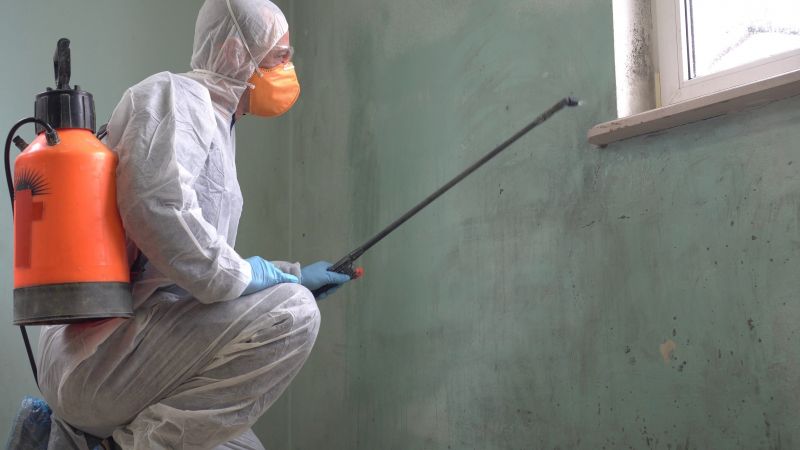
Application of disinfectants on walls, ceilings, and other surfaces.
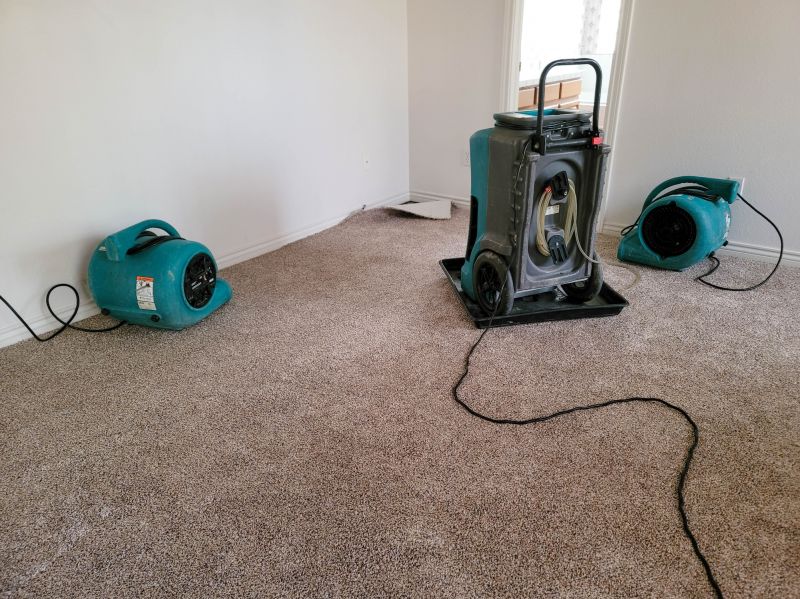
Using dehumidifiers and ventilation to reduce humidity levels.
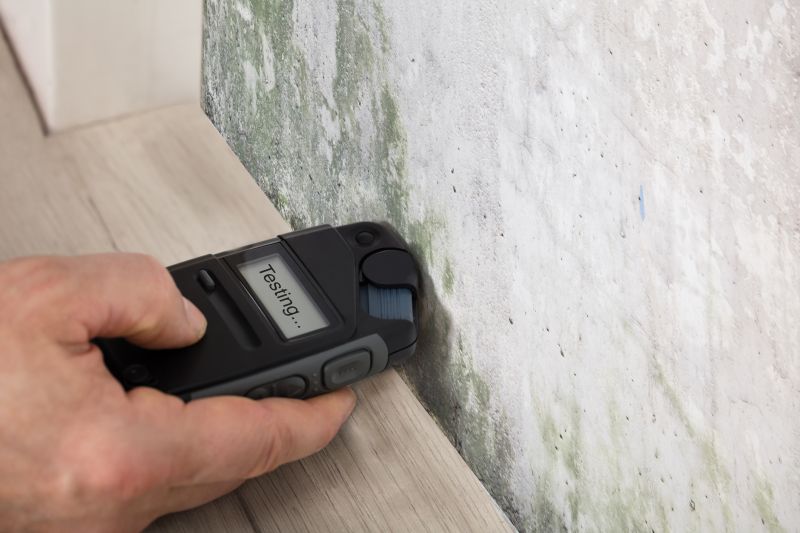
Verifying the absence of mold after disinfection.
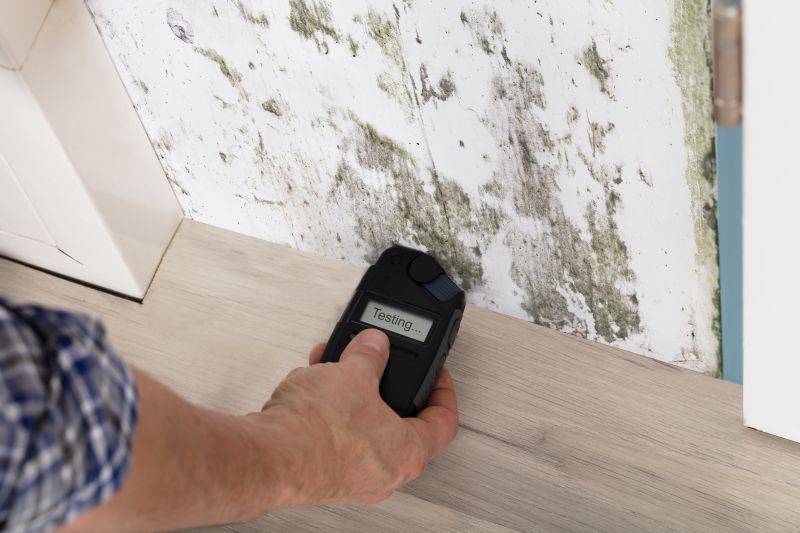
Little measurements that prevent headaches on Mold Disinfections day.
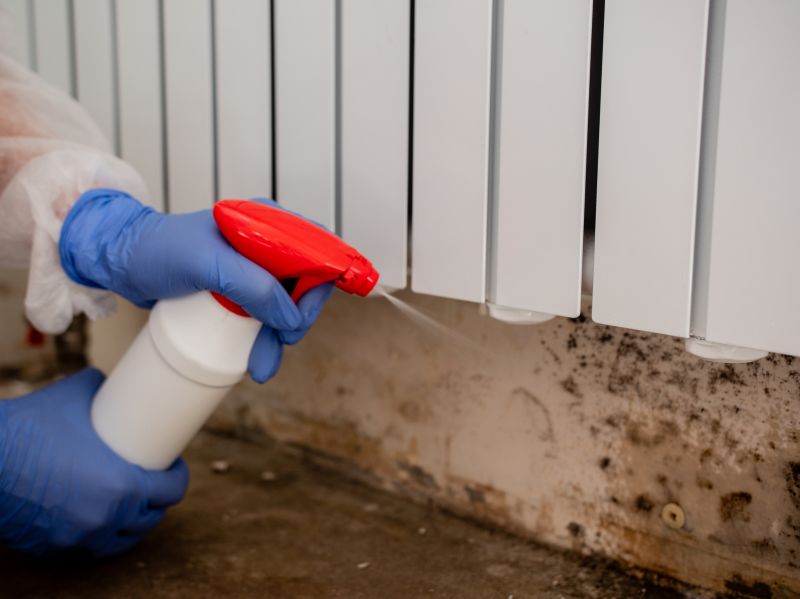
A 60-second routine that keeps Mold Disinfections looking new.
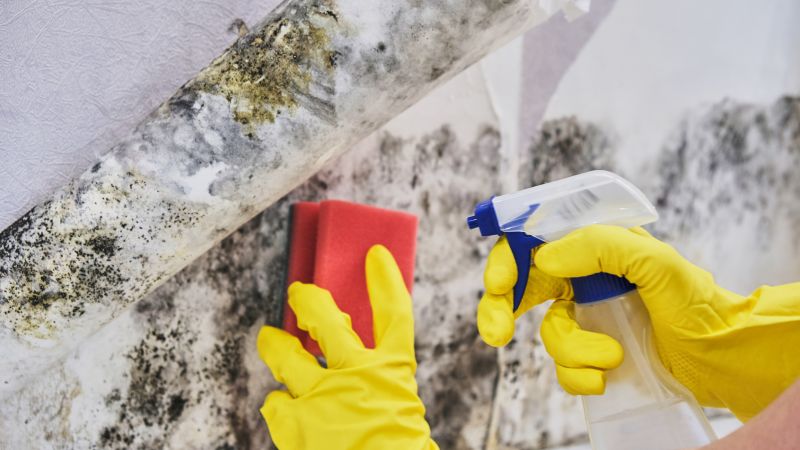
A frequent mistake in Mold Disinfections and how to dodge it.
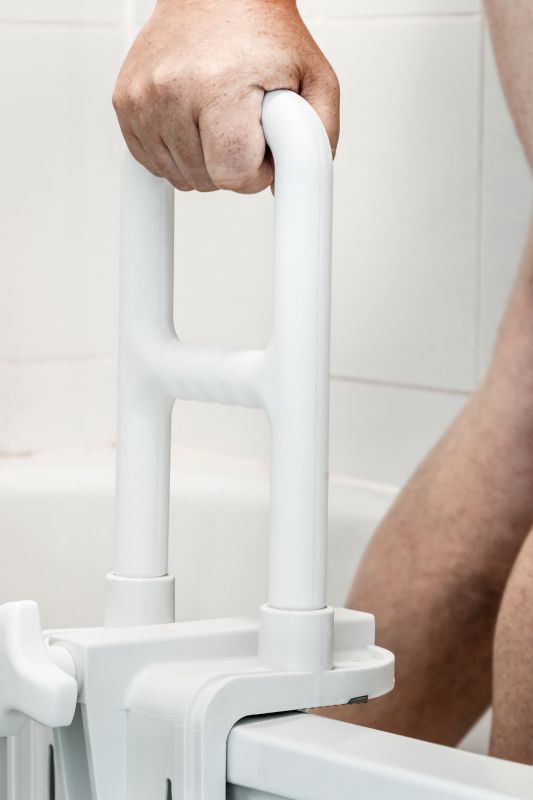
Small tweaks to make Mold Disinfections safer and easier to use.
Timely mold disinfection is essential for maintaining a healthy indoor environment. Regular monitoring, especially after water-related incidents, helps prevent mold from becoming a persistent problem. Properly timed disinfections can reduce health risks, improve air quality, and protect property value. Interested parties are encouraged to contact for further information or to schedule a mold disinfection service.
